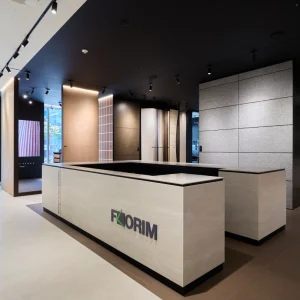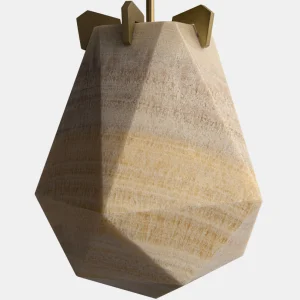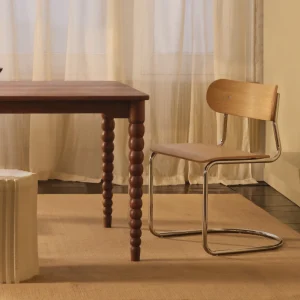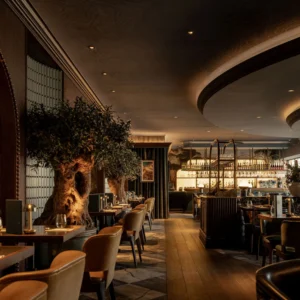
Brussels-based Office KGDVS, founded by Kersten Geers and David Van Severen, has been a long-time collaborator with photographer Bas Princen. Their latest project, the Garden Pavilion, won the Silver Lion at the Venice Architecture Biennale. Working together on and off since the start of their careers, this collaboration was in some ways an inevitability, but also a new development: until now Princen has only documented the practice’s completed work.

In 2008 he recorded Office’s Belgian Pavilion, titled After the Party, which contained and reorientated the existing 1907 pavilion. Consisting of a large steel wall, which encircled the building, it forced visitors to encounter the existing architecture in a different way, before providing the visitor with an enclosed, contemplative space inside.

In the same year, the practice was invited by Ai Wei Wei to design a house for the Ordos project in Inner Mongolia. Its villa, 25 Rooms, explores the notions of boundaries and social order. Crucially, however, it also looked at ways, within the requirements of residential architecture, to provide ambiguous spaces. Each of the building’s spaces, positioned around an internal courtyard, were designed so that they could serve any function. Office KGDVS’ work plays with architectural mass and the precision of large-scale buildings in their environments. ‘Detail is not a tectonic thing,’ says Geers.

In a complementary way, Princen’s photography treats surfaces and textures as architecture in their own right. The images he creates offer an alternative representation of space, which is ambiguous and focuses on the placing of architecture in its environment. His 2003 book, Artificial Arcadia, documented the transition of the Dutch landscape through a careful analysis of land use. The textural quality of his images convert any sense of place and use into abstractions; a recurring theme in Princen’s work. His recent exhibition Refuge: Five Cities at the Storefront Gallery in New York investigated the urban condition in five cities that have undergone massive redevelopment in the past 50 years. It is not a documentary in a traditional sense, but an investigation of form, mass and texture in an unconventional vision of modernity.

The recent collaboration between Office and Princen builds on these shared traits. The exhibition, Garden Pavilion (7 Rooms / 21 Perspectives) discusses the failures of architecture while simultaneously highlighting the discipline’s potential. The existing Garden Pavilion was extended by Office KGDVS to form a galleria made from a lightweight, reflective silver canopy. To continue the dialogue between photographer and practice, and incorporate this project into the wider collaborations, Princen’s photographs of the extension became part of the installation displayed inside the pavilion.

Princen’s photography was juxtaposed with collages by the architects, which are produced as part of its working process. ‘Perspective for us is first a way of composing things, arranging elements and putting them together as architecture,’ says Geers. ‘It is the idea of intention, the photograph is not a reality but an arrangement, as are the collages.’ In an accompanying text by Christophe Van Gerrewey, the author states: ‘the perspectives of Princen long for authorship and particularity; the perspectives of Office want to shed their artifice as a layer of skin.’

The project addresses how any attempt to communicate architecture is bound to be unsuccessful. For the practice, when an idea is represented in any form other than its construction, it is compromised. Equally, they say, an architecture project will always be a flawed and imperfect translation of the original ideas: ‘The project and principles are perfect,’ says Geers, ‘but are bound to fail.’ One does not have to accept the slightly negative dogma of the architects to appreciate the collages and photographs on a purely aesthetic level. Taken together, they add critical questions to the debate about the representation of architecture.





